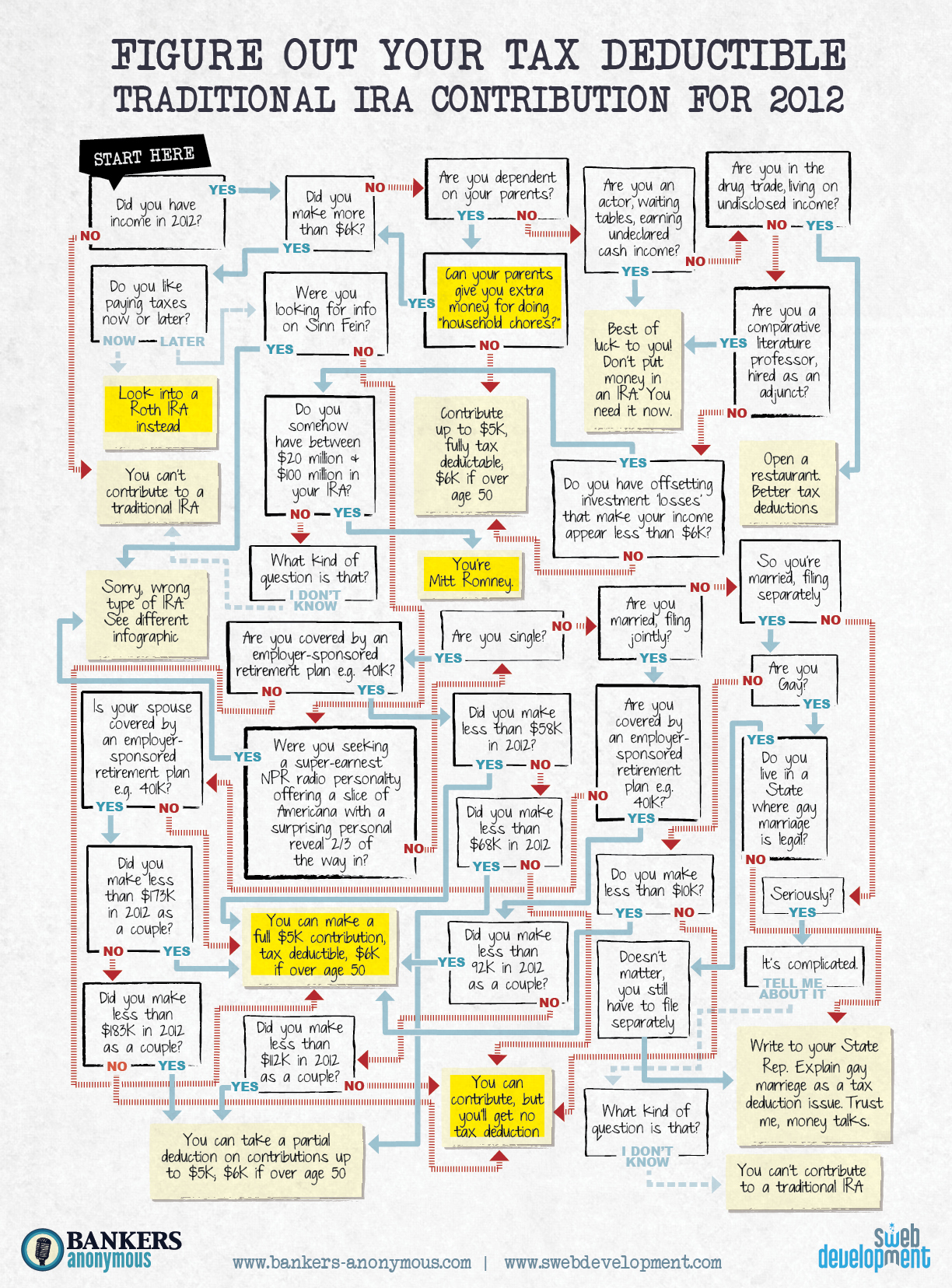For the last few weeks, we’ve all been distracted with important issues. To name a few, completing tax returns, listening to the debate on guns, and following the news on the rising tensions in North Korea.
If you think back, you may have missed a headline about the Dow Jones Industrial Average breaking its all-time high. That happened on March 5th, a little less than 2 months ago. It’s a worthy milestone to reach. But what does that mean for your investments or the future?
Everyone has an opinion. When asked “What do you see happening next in the economy”, a well respected economist responded “If I had a crystal ball and knew the answer to that question, I wouldn’t be here. I’d be sitting on the beach.” Some look at this event and say that we’ve reached a high water mark and that we should expect to see the market decline. Others look at this and see it as an indication that the bull market is continuing along. Is the glass half empty or half full? Are you optimistic or pessimistic about the future?
We continue to be optimistic in our approach. We see the looming clouds as bumps and obstacles, but not significant enough to derail the recovery. We see issue after issue being wrestled with and slowly pushed down the road, resulting in near-term clarity, but few long-term solutions
If you’re on the fence, not sure what to make of this recovery, the following link offers a great case for being optimistic about the future.
